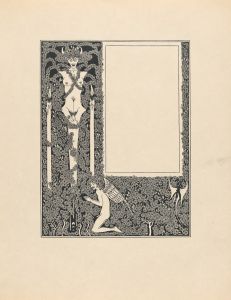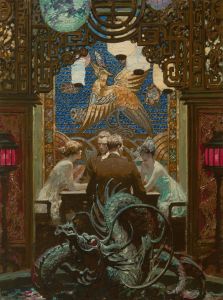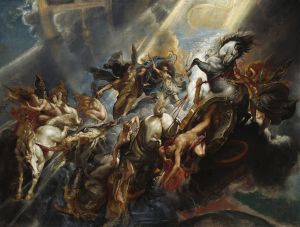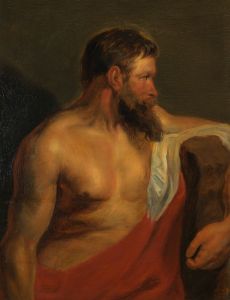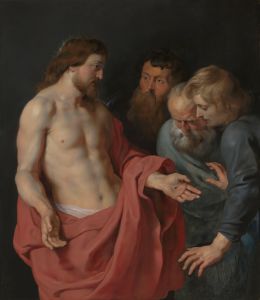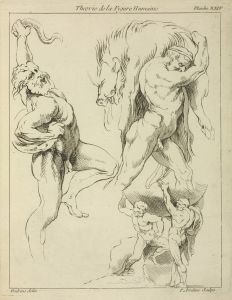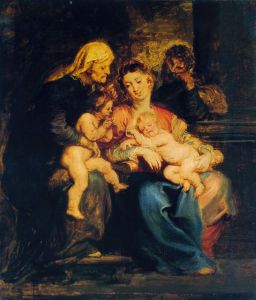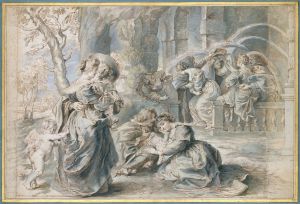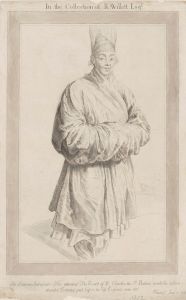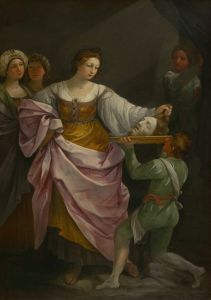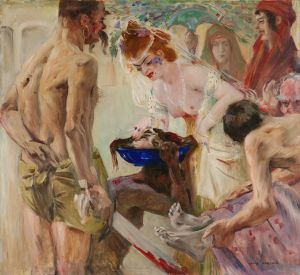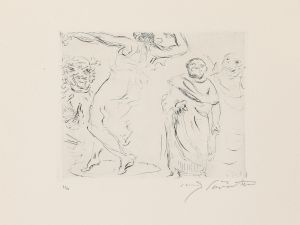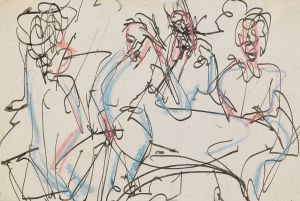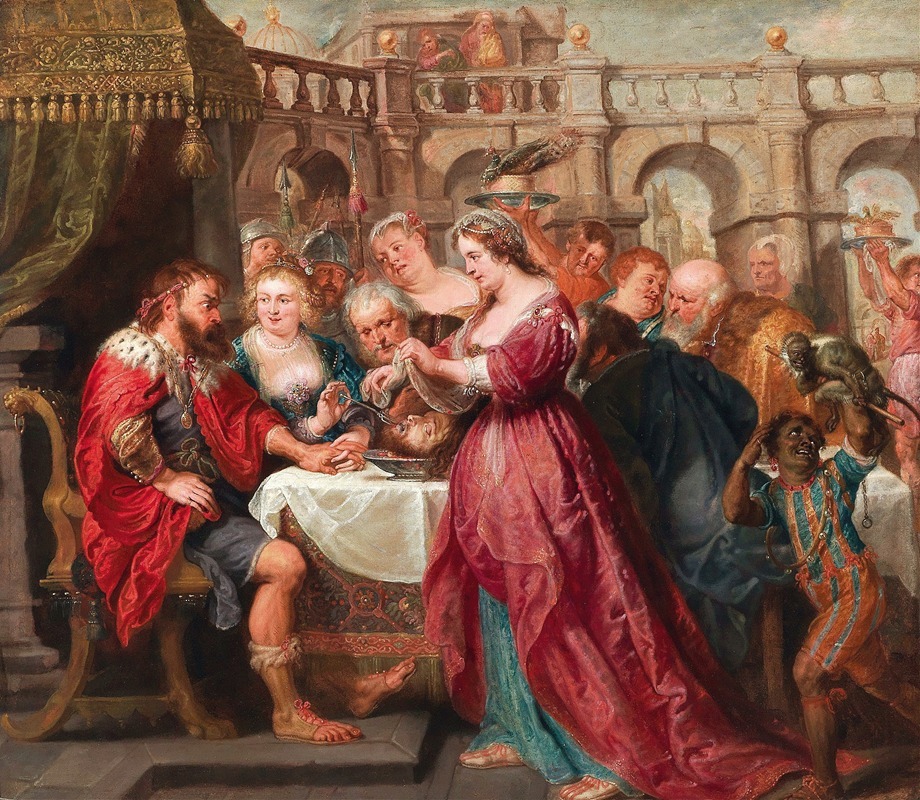
The Feast of Herod
A hand-painted replica of Peter Paul Rubens’s masterpiece The Feast of Herod, meticulously crafted by professional artists to capture the true essence of the original. Each piece is created with museum-quality canvas and rare mineral pigments, carefully painted by experienced artists with delicate brushstrokes and rich, layered colors to perfectly recreate the texture of the original artwork. Unlike machine-printed reproductions, this hand-painted version brings the painting to life, infused with the artist’s emotions and skill in every stroke. Whether for personal collection or home decoration, it instantly elevates the artistic atmosphere of any space.
"The Feast of Herod" is a painting by the renowned Flemish Baroque artist Peter Paul Rubens. Created in the early 17th century, this artwork is a vivid depiction of a biblical story from the New Testament, specifically from the Gospel of Mark (6:17-29) and the Gospel of Matthew (14:3-11). The painting illustrates the dramatic and intense moment of the feast held by King Herod, where the head of John the Baptist is presented.
Rubens, known for his dynamic compositions and vibrant use of color, captures the emotional intensity and drama of the scene. The painting portrays the banquet hosted by Herod Antipas, the ruler of Galilee, who had imprisoned John the Baptist for condemning his marriage to Herodias, his brother's former wife. During the feast, Salome, the daughter of Herodias, performs a dance that pleases Herod so much that he promises to grant her any wish. At her mother's behest, Salome requests the head of John the Baptist on a platter.
In Rubens' depiction, the moment is charged with tension and emotion. The composition is typically Baroque, with a strong diagonal line that guides the viewer's eye across the canvas. The figures are arranged in a dynamic manner, with expressive gestures and vivid facial expressions that convey the gravity of the event. Rubens' mastery of color and light is evident in the rich, warm tones that dominate the scene, enhancing the opulence of the banquet setting and the drama of the narrative.
The painting reflects Rubens' deep understanding of human emotion and his ability to convey complex narratives through art. His use of chiaroscuro, the contrast between light and dark, adds depth and dimension to the figures, highlighting their emotional states and the moral implications of the scene. The opulent details of the setting, including the lavish costumes and sumptuous banquet table, are characteristic of Rubens' attention to detail and his ability to create a sense of grandeur and spectacle.
"The Feast of Herod" is a testament to Rubens' skill as a storyteller and his ability to capture the psychological and emotional nuances of his subjects. The painting not only illustrates a pivotal biblical event but also reflects the broader themes of power, morality, and the consequences of human actions, which are recurrent in Rubens' work.
This artwork is part of Rubens' larger body of work that often explores religious and mythological themes, showcasing his ability to blend dramatic narrative with technical brilliance. As with many of Rubens' works, "The Feast of Herod" has been studied and admired for its artistic and historical significance, contributing to Rubens' legacy as one of the most influential artists of the Baroque period.





